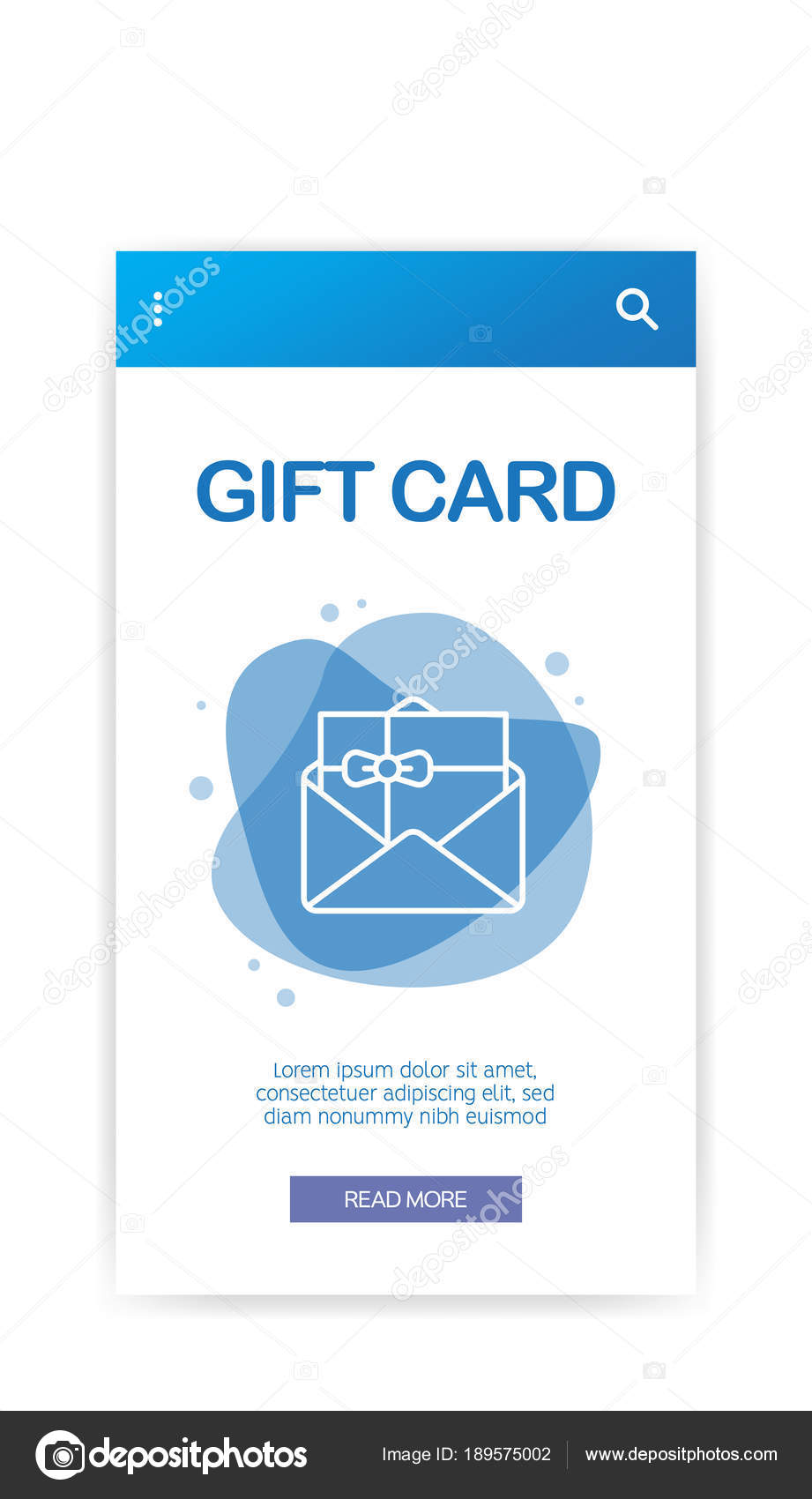Personalized glass awards evoke a steadfast spirit of dedication and quality. They cultivate a society of recognition that transcends hierarchical boundaries.
Wheel engraving is shown on a goblet likely made in the 1700s covered with complex Chinese-style concepts. These concepts introduced obligation to the Jacobite cause. This is a remarkable example of exactly how imported Oriental products affected European style patterns.
Beginnings
As glassmaking came to be extra innovative, engravers realised that a design added to a piece of glass transformed it from functional into desirable. They experimented with a variety of scratching, abrading and cutting techniques.
The most experienced engravers created fine comprehensive work. Anna Roemers Visscher, who was a glass cutter and engraver, was renowned for her delicate flowers, inspired by the natural history books popular in her time.
Engravers also carved great linework right into glass. By the end of the 17th century, engravers had actually started to desert direct clearness in favour of crosshatched chiaroscuro impacts. One of the earliest examples is recorded on a jug by a Rotterdam engraver that authorized his collaborate with a jotted flexibility and vigour that lifted it above the rest.
Engraving continued to be a popular strategy, although it was significantly overshadowed by cut glass and brand-new methods such as etching, which was less expensive than etching. However, economic pressures after c1905, together with decreasing top quality of cut glass, saw a surge in the appeal of engraved glass, known as rock crystal.
Techniques
Glassmakers used a selection of strategies to mark or embellish the surface of a vessel, frequently combining different approaches. One strategy called stipple engraving, for example, uses a factor of tungsten or ruby to make small dots on the glass surface which create contrasting white lines when light shines via them.
Personalized glass awards are cherished for their elegance and stature. They mirror the deep esteem and regard that companies hold for their employees and cultivate a society of excellence.
The translucency of glass personifies the openness and honesty of corporate acknowledgment, motivating recipients to analyze their accomplishments and assess their journey in the company. Additionally, the ability of engraved glass to show personalized message and imagery permits the production of extremely unique and purposeful honors that evoke the feeling of grandeur associated with this remarkable product.
Styles
From the streamlined lines of company awards to the etched message on glass trophies, etched crystal is an elegant icon of recognition. Whether displayed on someone's workdesk or kept as a memento, these individualized pieces share a sense of status and professionalism that is hard to discover in other products.
The style of personalized glass has transformed gradually to mirror transforming tastes and technical developments. The ancient strategy of copper-wheel engraving has actually resisted predictions of obsolescence, and brand-new techniques like etching are taking control of where stippling when held sway.
The earliest diamond-point engraving, of the 16th century, is tight and formal. It progressively became extra supple and pleasing, but might easily deteriorate into over-elaboration. In the 19th century Thomas Webb & Sons presented "rock crystal" with deep cutting and copper-wheel engraving, which mimicked luxury vessels cut of rock crystal in Europe and the Orient (see Ewer by Webb & Sons). The company's principal engravers were Bohemian immigrants Frederick Engelbert Kny and William Fritsche, that signed their collaborate with a monogram G.
Definition
Engraved glass was costly and sought after. This was due to the fact that it involved one of the most demanding glass refining strategy and depended on the accuracy and effort of a proficient craftsman. The acme of engraving was available in the 17th century and was very much a part of the Baroque and Rococo durations.
During this time around, personalized goblets could be made use of to communicate messages of social standing. They would show family members crests and political loyalties. They can also flaunt one's taste for the current style and design fads.
Today, engraved glass is still a crucial art gift ideas for grandparents kind. However, advances in innovation and laser modern technology have streamlined the procedure and made it more exact. The resulting intricate styles are both magnificent and resilient. Furthermore, new kinds of glass have been developed to react better to lasers. This has increased the opportunities for artists and developers. It additionally minimizes the ecological influence of the process. For instance, optical crystal is a superb choice for engraved honors due to the fact that it is clear and shows light well.
